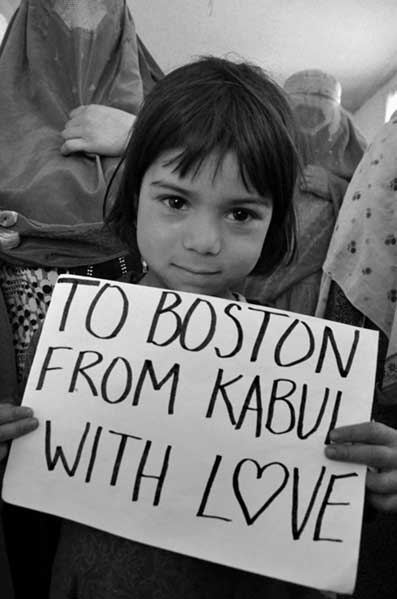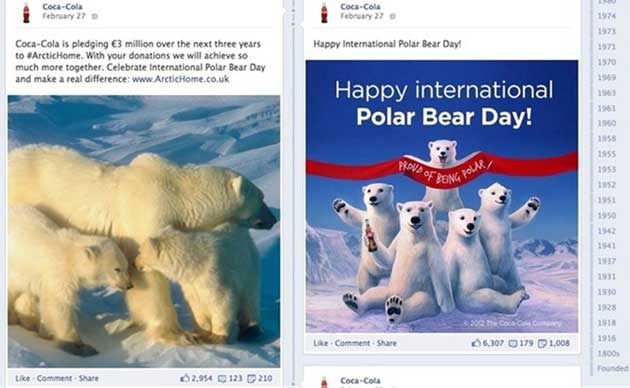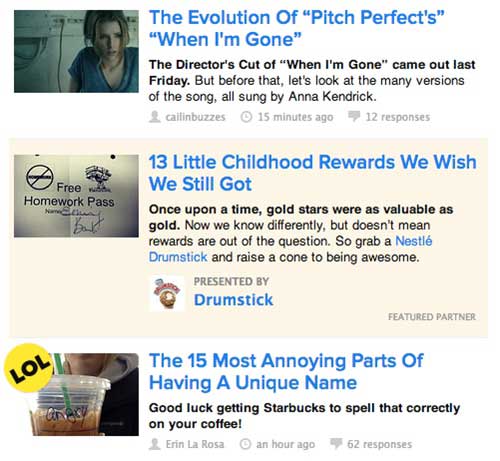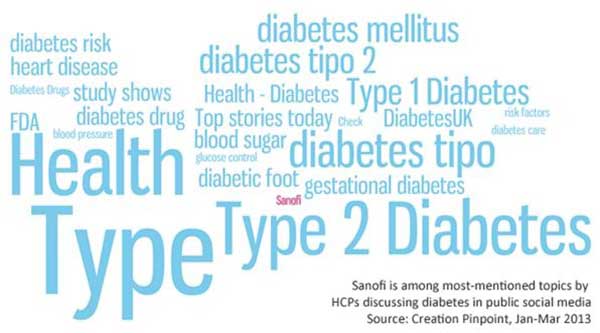The Boston Marathon topped headlines this week. See how social helped salve wounds, correct errors, and reconnect people. Also, the latest on LinkedIn ads, Twitter's just-launched #music, and Facebook's Open Graph Mobile.
We also have social case studies from the likes of Coca-Cola, stats on SMBs' and B2Bs' social use, and Jeremiah Owyang's tips on becoming a truly open leader.
Skim for an eye-opener.
Love to Boston. The Boston Marathon explosion rocked the social Web—and the world—this week. Hours after the incident, moving stories poured in about people opening homes to strangers and marathon runners who kept running... to the hospital for blood donations. Many lost phone service, so people used Twitter to tell families they were safe (including Foursquare CEO Dennis Crowley).
Wikipedia's quickly launched Boston Marathon Explosion page was updated continuously by people on the ground, #bostonmarathon on Twitter was used for fact-checking and real-time news, Reddit aggregated information as it happened, and Google created a Person Finder site, which enabled people to either find info on someone they sought, or to post data on someone they had found. Meanwhile, faraway places—including Kabul—sent their sympathy.

LinkedIn ads in your pocket. LinkedIn's revamped smartphone app is introducing mobile ads for the first time. Instead of your standard mobile banners, they'll take the form of sponsored content. Like other recent additions, it's designed to make users visit the site more often.
Spreading its sticky blue Web. Facebook's launched Open Graph Mobile, which brings the social graph to mobile for the first time. An additional Technology Partners program lets developers make social apps to make your mobile experience more fun (while spending increasingly more of it on Facebook).
Dropbox dons a suit. Dropbox is rebranding to make itself more business friendly, for example converting its "Dropbox for Teams" feature into "Dropbox for Business." To help companies with strict security rules, it's also released support for single sign-on, meaning employees can use services like Microsoft's Active Directory to access their company Dropboxes.
Music in my data stream. It's finally happened! Twitter #music (yes, hashtag intentional) has launched for both desktops and iPhones. The app "uses Twitter activity, including Tweets and engagement, to detect and surface the most popular tracks and emerging artists."
One million moms mad about pants-shipping. In a rare coup for the big-box, Kmart released an ad so funny it's generated nearly 12.5 million YouTube views as of this writing. Adding to its viral power is an angry petition from One Million Moms, a Christian group that just isn't feeling the pun.
Learning from the happiness-bears. eConsultancy's put together a study of how Coca-Cola uses Twitter, Facebook, Pinterest, and Google+ to engage users and perpetuate a consistent marketing message.

Why window-shop when you can newsfeed-shop? Image monetization startup Stipple's created Stipple Shopping. Now, when you post a picture on Facebook or Twitter, people can click on that image to make an in-line purchase... without ever having to leave the page they're on.
SMBs dig their social. A report from Manta finds that one-quarter \of small and midsize businesses plan to invest more in social marketing instead of hiring new employees. Though 10% spend at least 10 hours on social each week, nearly half increased their social media presence year-over-year. Couple that with this little study on how social and search drive B2B sales.
Sharing beats blasting. At Digital Media Europe, Chief Revenue Officer Andy Wiedlen of BuzzFeed talked about the power of social ads and harnessing the power of sharing. "If you're an advertiser, stop interrupting people and create content that they actually like," he says. "For the first time you can do word-of-mouth marketing." BuzzFeed's sponsored content generates a 2-3% CTR. Because it's easily shareable, advertisers get more exposure than they've paid for. Sponsored ads are the source of 100% of BuzzFeed's revenue. An example of sponsored content in its feed:

Is Google+ finally worth the investment? GlobalWebIndex just reported that Google+, that most lonely of socnets, is now the second-largest social platform behind Facebook, with 343 million users, of which 27% are active. Some companies, such as AI supplier Synfluent Corp, have reduced their social presence to G+ and Twitter alone.
How pharma goes social. It's not often we have a social pharma case study—because of regulatory prohibitions and the delicacies of discussing medication in a wide-open market. But Pharmaphorum's got a case study on how Sanofi and charity Diabetes UK are leading informed conversation about diabetes on sites like Twitter.

Writing a social media policy. We've talked before about the importance of having a clear social media policy, but a little step-by-step never hurts. Here's the skinny on how to script one. Change starts from within: Start by creating a task force and defining internal use before forming public rules of engagement and confidentiality terms.
We'll wrap up with an inspiring talk Jeremiah Owyang gave to strategists about what it means to be an open leader. It includes tips on implementing scalable social programs at multiple levels in your company. Quotable: "You'll be able to fly higher because the crowd, your employees, your customers will lift you up. One on one social media does not scale."




